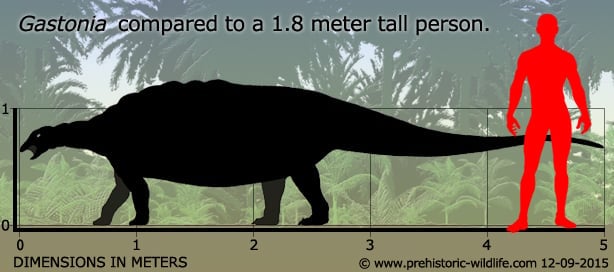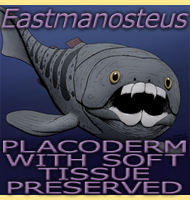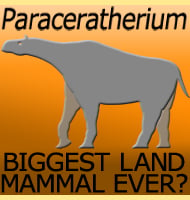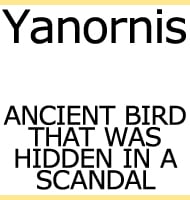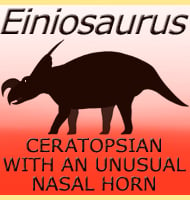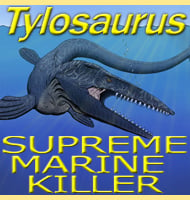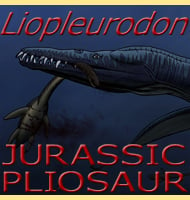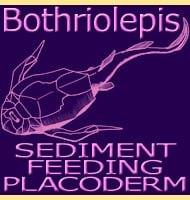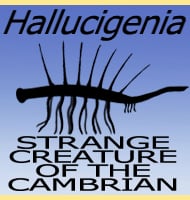In Depth
Like Polacanthus, Gastonia was a low browsing armoured dinosaur, but unlike Polacanthus however it is very well preserved. In fact Gastonia is the best preserved member of its group and this has allowed for what are considered more accurate reconstructions of other lesser known species.
It’s quite possible that one of the main threats to Gastonia was the dromaeosaurid Utahraptor, which was also active at the time and location. The impressive spikes on Gastonia’s back would have made it exceedingly difficult for a predator to jump on its side or back. Gastonia may have also used its spiked tail to lash at predators, inflicting deep cuts to their flanks with its tail spines.
Gastonia is named after Robert Gaston, who discovered the remains.
Further Reading
– A polacanthine ankylosaur (Ornithischia: Dinosauria) from the Early Cretaceous (Barremian) of eastern Utah. Lower and Middle Cretaceous Terrestrial Ecosystems (S. G. Lucas, J. I. Kirkland, & J. W. Estep, eds.). – New Mexico Museum of Natural History and Science Bulletin 14:271-281. – J. I. Kirkland – 1998. – Redescription of Gastonia burgei (Dinosauria: Ankylosauria, Polacanthidae), and description of a new species. – Neues Jahrbuch f�r Geologie und Pal�ontologie – Abhandlungen. 282 (1): 37–80. – B. Kinneer, K. Carpenter & A. Shaw – 2016.
